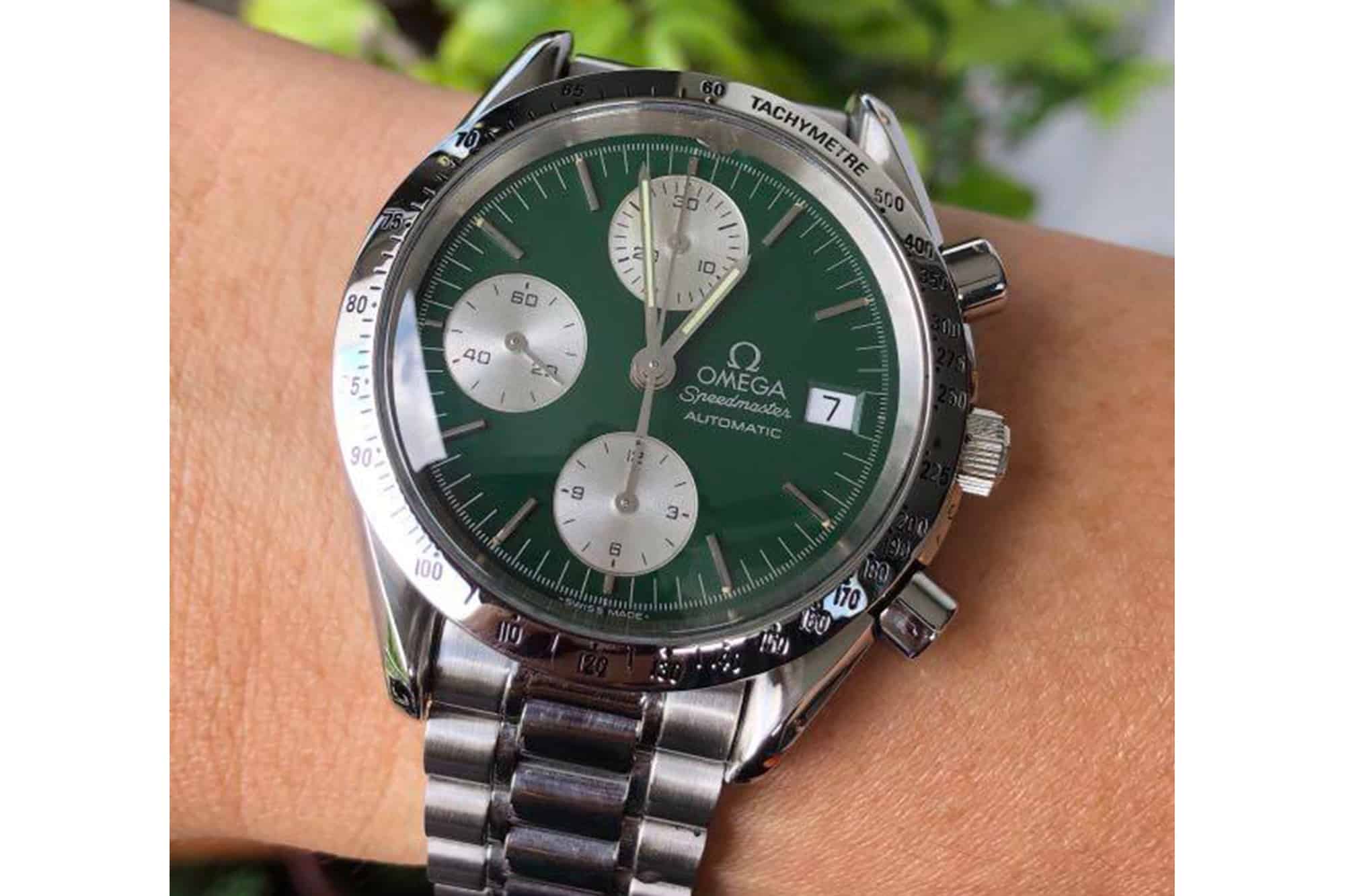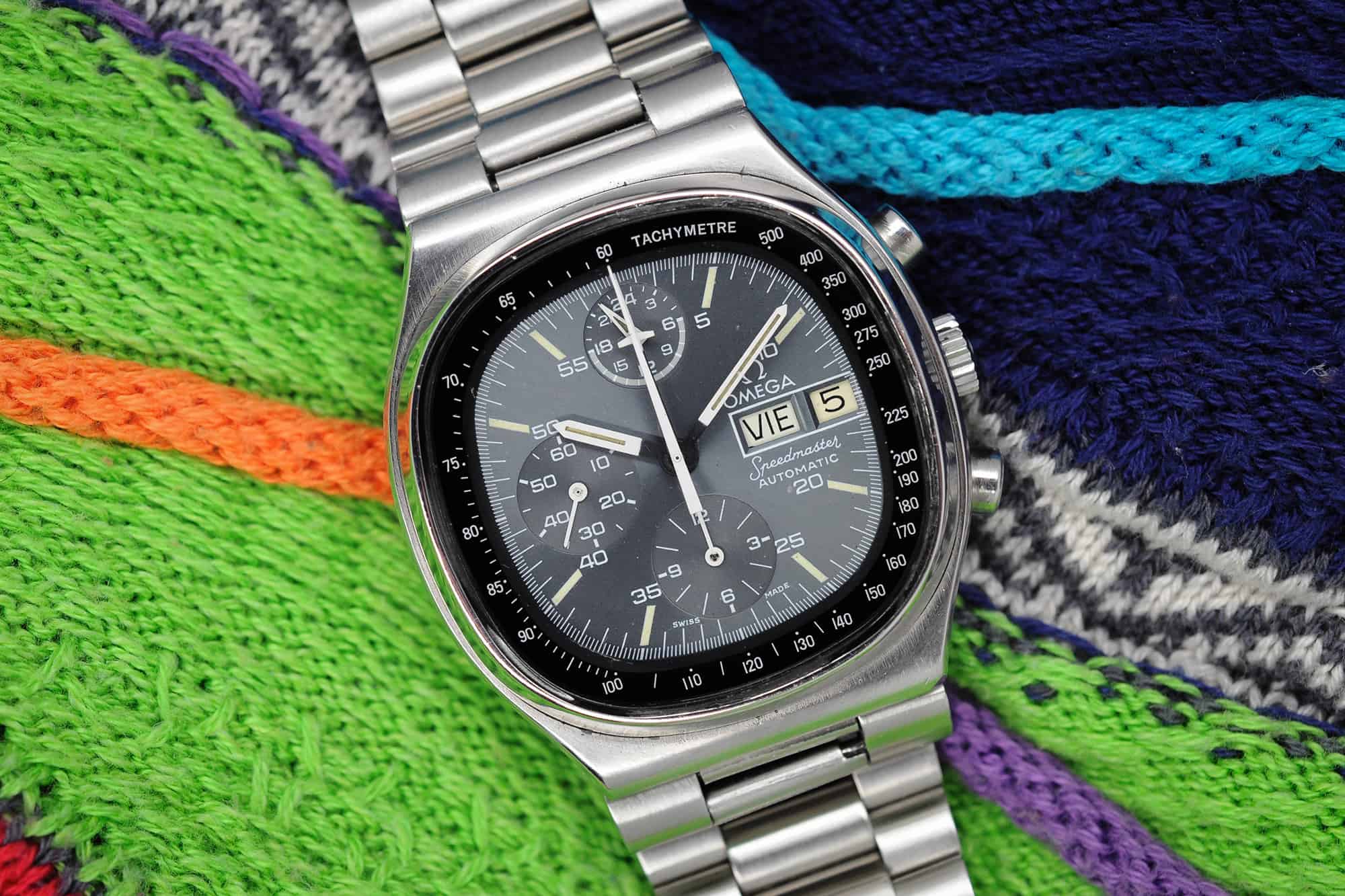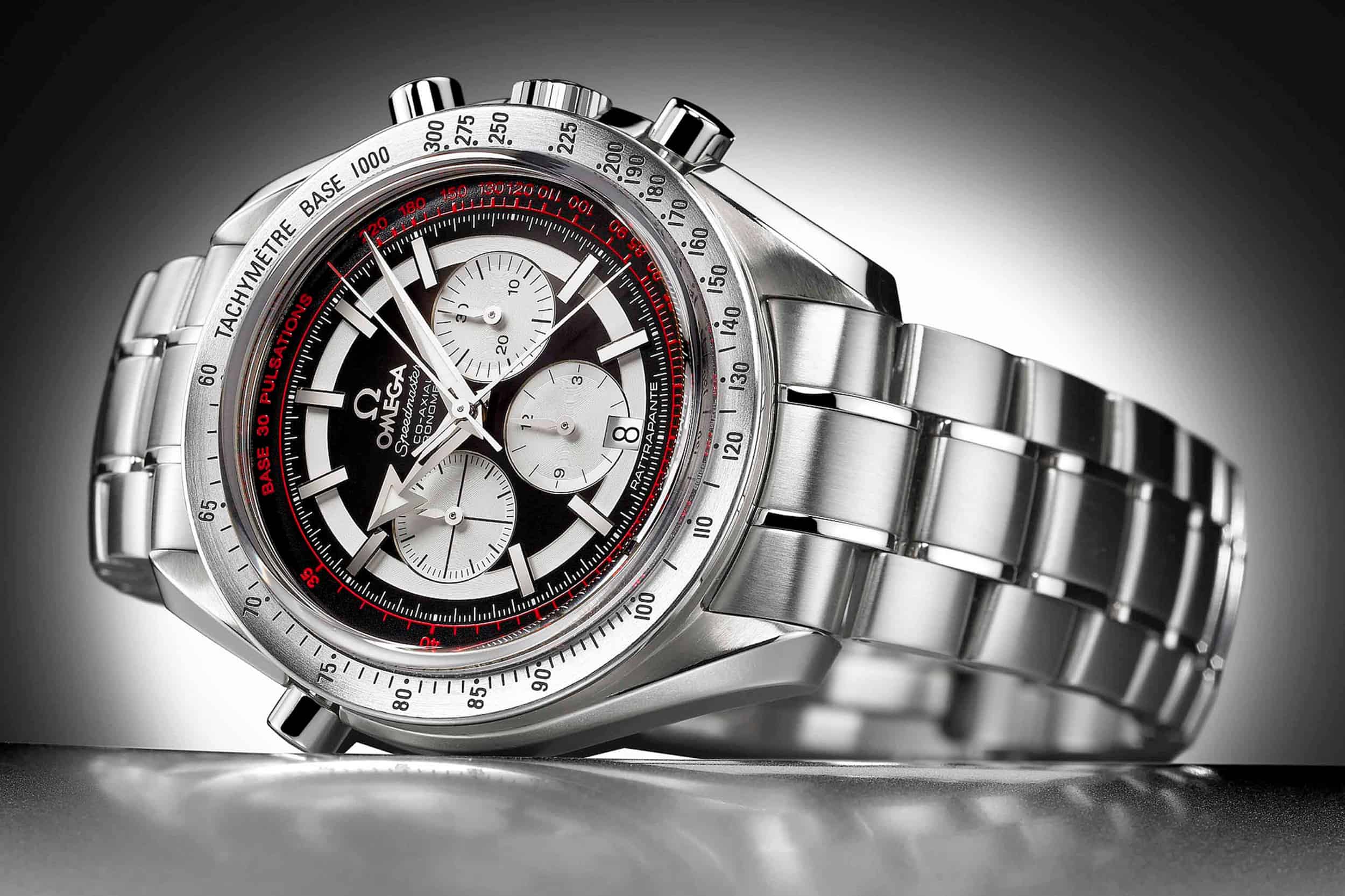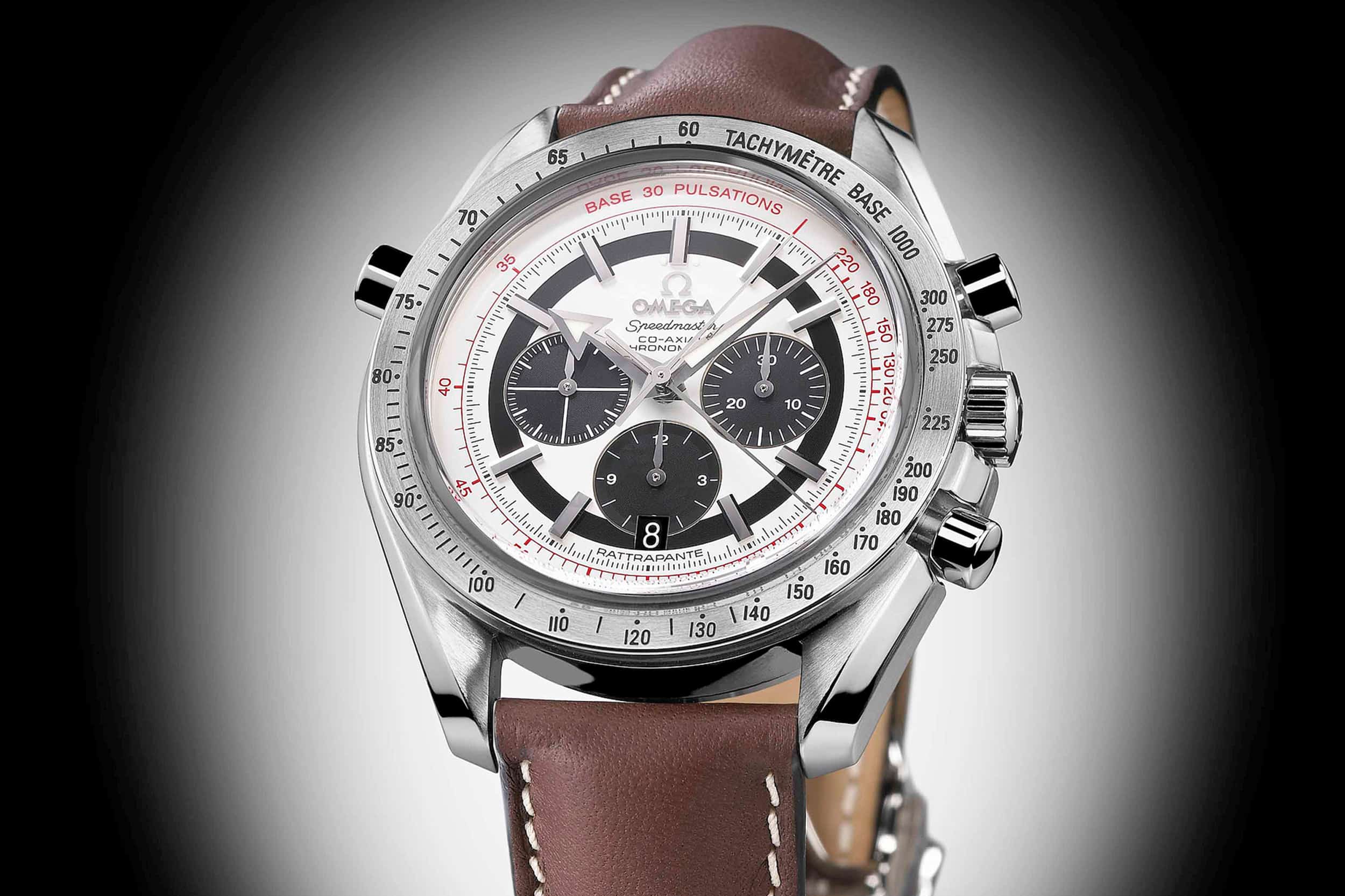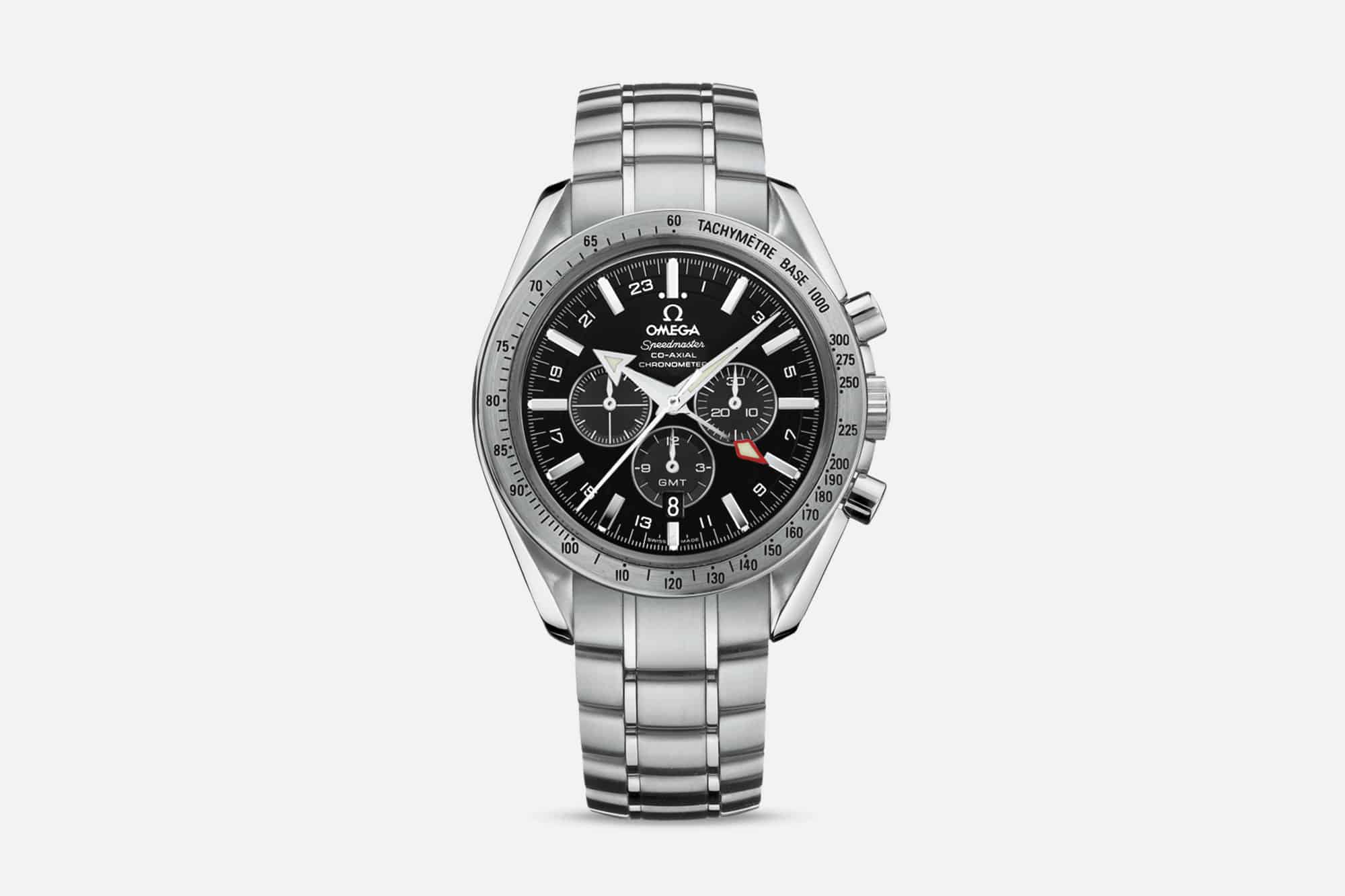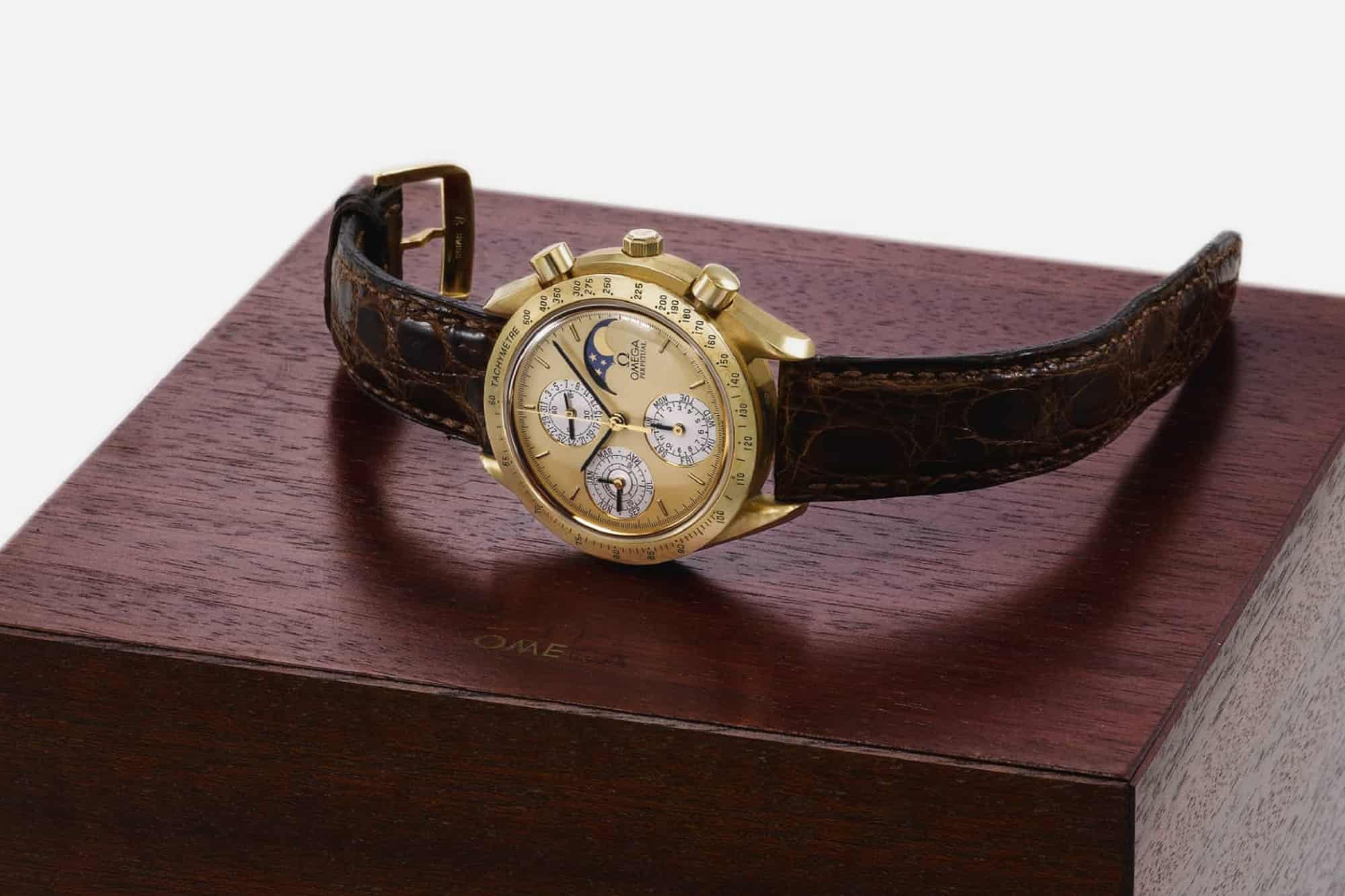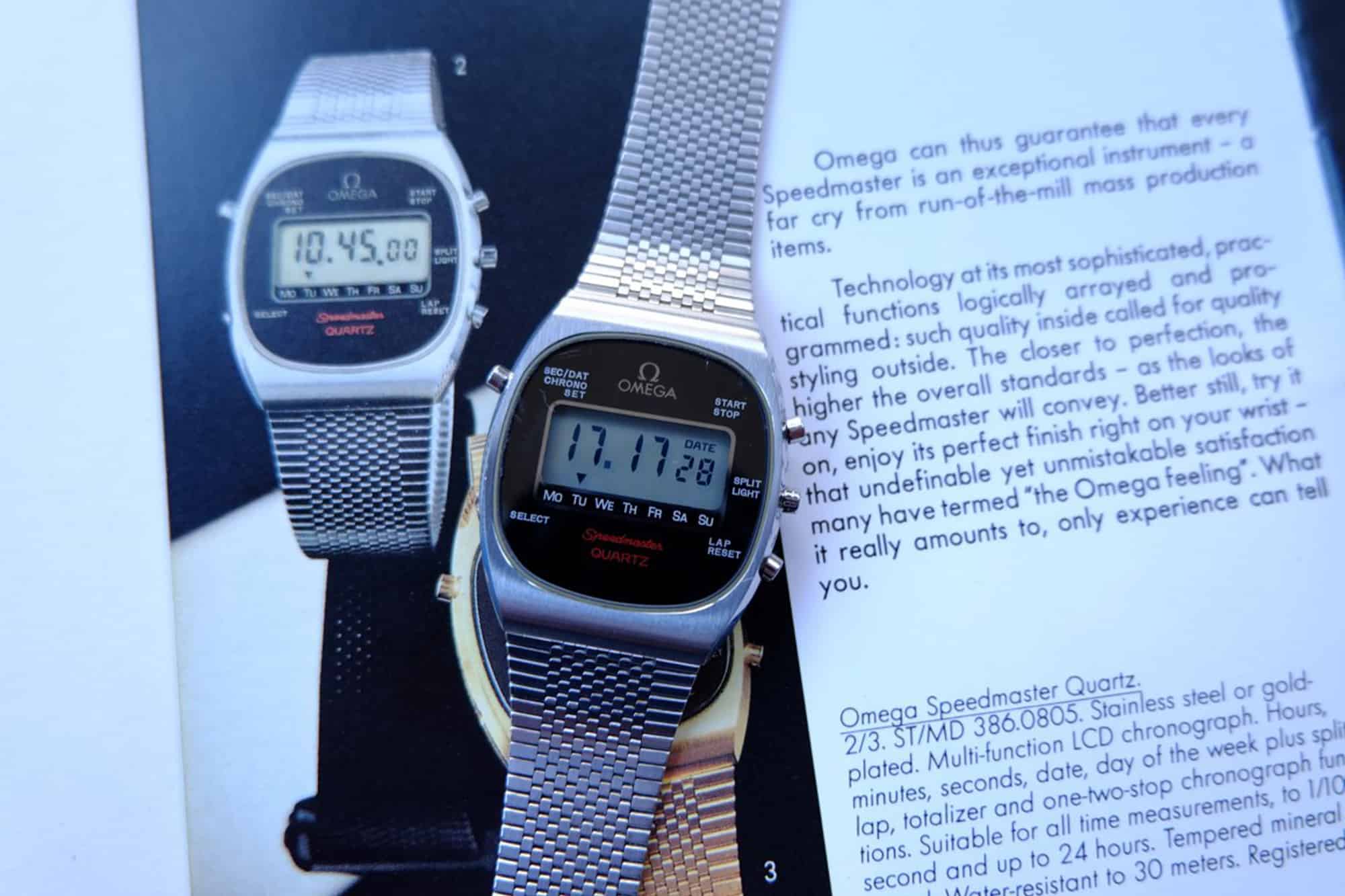The Omega Speedmaster is ubiquitous. Easily one of the most recognizable watches, its black dial, 3, 6, 9 chronograph layout, and tachymeter bezel are so well known and easily understood as the Moonwatch, you could accuse the Speedy of being a bit boring. I say this as a full fledged admirer, fan, and owner of a Speedmaster. It’s a lot of things: history on your wrist, charming to the core, a fantastic value in a landscape of luxury watches that ultimately disappoint. But it’s not a watch I’d ever think of as unusual in a meaningful way, and the run of the mill Speedy Pro is certainly not rare or uncommon by any definition.
But since the Speedmaster was introduced in 1957 we’ve seen many, many different variations on the somewhat common theme of a sports chronograph that the Speedy in many ways has defined throughout the decades. And I’m not just talking about the well known variants, like the many limited editions made to commemorate the various Apollo missions, the tech forward ceramic cased Speedmasters with (mostly) automatic movements, and the modern Speedmaster X-33 multi-function quartz pieces. Those are still fairly common, even pedestrian. The weird stuff, though, is out there. If you thought the Speedmaster was just a boring old hand wound chronograph that happened to get to the moon, once upon a time, you might be surprised by some of the legitimately strange Speedys that have come and gone through the years.
With this guide, we attempt to chronicle some of the stranger Speedmasters that have come to market. This, of course, is subjective, but in a general way we’re looking for Speedmasters that are well outside the mainstream, perhaps not particularly prized by collectors, and certainly not the typical alternative Speedmasters that you often see mentioned on the forums. Hopefully there are a few here that you’re not familiar with and will make you do a double take. And, as always, we’d love to see your picks for the most unusual Speedmasters, so be sure to drop your favorites in the comments section below.
And with that, let’s get weird.
Speedmaster Panda 1957, 323.30.40.40.02.001
The Speedmaster, with its NASA history, seems like a watch obsession that’s somehow uniquely American. Obviously, it’s a Swiss watch to its core. Omega is one of the most Swiss of the big Swiss brands in a lot of ways, but so much Speedmaster imagery includes astronauts with American flag patches on their space suits that it’s a bit strange for this American to think about Speedmasters that are made expressly for foreign markets, but we’ll talk about a few such watches in this guide.
Of all the far flung places where the Speedmaster has taken hold as a favorite, Japan stands out. In fact, we produced a guide that focused exclusively on JDM Speedmasters back in 2017, which you can read right here. That guide included the well known “Mitsukoshi” 3570.31, a black and white Speedmaster made for a short time for Japanese collectors, that has since become a favorite among inspired Speedy modders.










 Featured Videos
Featured Videos





